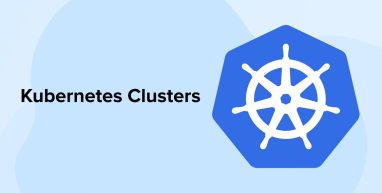
In recent times, Kubernetes has become a widely used technology among software development companies. It enables the developers to organize the containers, scale their numbers, and make sure they are properly spread on the application nodes while deploying an application. In Kubernetes, clusters are an integral part of the underlying infrastructure as they enable the software developers to split the node pools into different configurations. For instance, it enables the creation of a node pool for machine-learning apps and also one worker node for applications that are running web services. Though it is an excellent way to make the application work smoothly. Sometimes, Kubernetes clusters can be a bit confusing to work with for the resources.
Therefore, in this blog, we will understand what clusters are, go through their components, see how to set them up and work with them.
1. What is the Kubernetes Cluster?
In Kubernetes, the cluster is known as a set of nodes that enables the system to host workloads. The cluster comes with the ability to also host the Kubernetes itself. This means that the cluster is capable of running the control plane software of Kubernetes.
Here each node is known as a virtual machine or an independent physical machine. This means that a cluster can have a mixture of physical and virtual machines though the ideal situation is to use either a physical machine or a virtual machine.
Besides this, when it comes to the cluster, some nodes work as master node controllers which means that they host the Kubernetes control plane software which is liable to handle other nodes of the system along with the deployment process of the workload. Here, other nodes means worker nodes, which are responsible for hosting applications that admins want to run using Kubernetes.
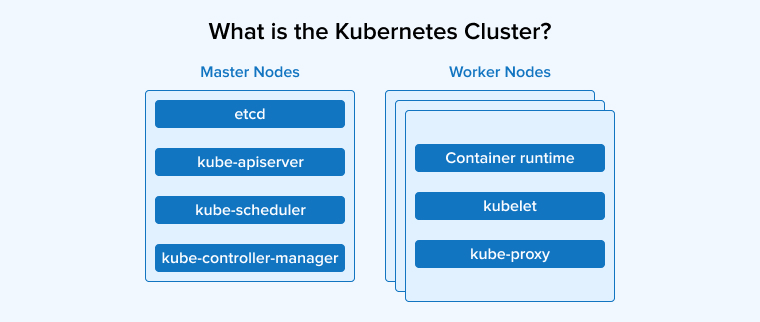
1.1 Components of Kubernetes Cluster
So, tech explorers, let’s understand the major components of the Kubernetes Cluster. Here’s an image displaying each part of the cluster who individually is a hero of the entire cluster. Each of them has unique tasks to perform, and when working together, they create exceptional Kubernetes Cluster.
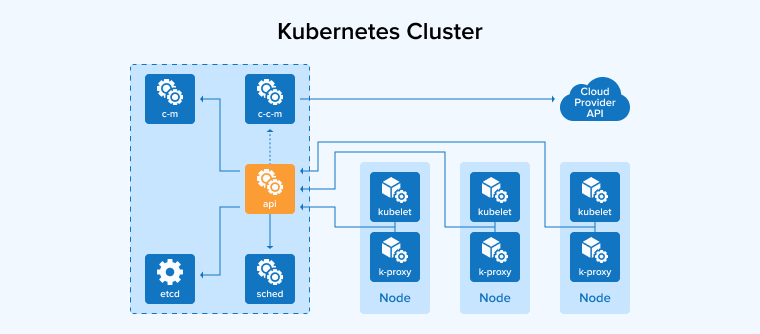
Let’s have a look at some of the components of the Kubernetes cluster:
1. API Server
The API server is known as the most essential component when it comes to the Kubernetes cluster. This component specifies the important news and commands in the Cluster. Besides this, with the help of it, development teams can easily share information and other development-related updates about the project with other team members.
2. Controller Manager
Another component is the Kube controller manager. It is called a multitasker. It helps in keeping a watch over the entire cluster. Besides this, it also manages different types of controllers to keep a perfect balance in the Kubernetes application.
3. Etcd
Etcd is one of the most popular Kubernetes cluster components that enables the developers to secure configuration data. It helps in finding the required answers at the right time from the right place.
4. Kubelet
Kubelet is also a Kubernetes cluster component. Basically, in Kubernetes, every node comes with its own Kubelet. It ensures that the cluster’s container is working perfectly fine and with its Node Guardian, it allows checking the container. Along with this, it also enables the developers to check that the application has everything it requires.
5. Scheduler
The scheduler component enables developers to assign new containers to the nodes. This helps the system work properly and ensures that the nodes’ workload is balanced. This can be achieved by keeping other aspects of the physical cluster intact in an application.
6. Kube-proxy
In our list, Kube-proxy is the last cluster component. It helps the developers to make sure that the system’s traffic is going smoothly between containers and nodes. It offers smooth communication between the modules of the system.
2. How Do You Set Up the Kubernetes Cluster?
Here are the steps that will help you in setting up the Kubernetes Cluster:
- Firstly, install the container on all nodes during the runtime for which we can use cri-o.
- Then the next step for the developers to follow is to install Kubelet, Kubeadm, and kubectl on all the nodes of the cluster.
- After that, on the master node, the Kubeadm control plane configuration must be initiated.
- Now, it’s time to save the node join command using a token.
- After that, install the Calico network plugin.
- The next thing to do is join the worker node and master node.
- Later, validate the components and cluster nodes of the system.
- After the validation, it is time for the installation of the Kubernetes Metrics Server.
- The last and final step is deployment followed by validation.
3. How to Work with Kubernetes Clusters?
Kubernetes cluster comes with a desired state that specifies what type of workloads or applications are required to run. It also provides the images that are used by the applications as they need container images to be made available for the end-users. Besides this, the desired state defined in Kubernetes clusters is done through configuration files that are made up of manifest that are YAML or JSON files. These files help in declaring the application type that is to be run and the number of replicas needed for running a healthy system. In addition to this, the desired state of the cluster that is defined using Kubernetes API is carried out using Kubectl by running a command or by using the API to start the interaction between the clusters to set the cluster’s desired state.
✨ Kubectl
— Civo (@CivoCloud) November 15, 2023
The command line tool Kubectl is used to execute commands on Kubernetes clusters. It is utilized for all Kubernetes cluster operations, including application deployment, log viewing, and cluster resource management.
Kubernetes is a technology that can automatically manage the cluster to match it with the desired state. For instance, when an application is supposed to deploy with desired state 3 which means with 3 replicas. If any one of the containers crashes, Kubernetes will make sure that the other two are working and will add one more automatically to satisfy the desired state requirement. This means that Kubernetes can manage and scale the cluster automatically as per the load requirement.
The developer can also use Kubernetes patterns to handle the scale of the cluster automatically based on load.
4. Kubernetes Cluster Management
In today’s time where modern cloud-native applications have taken over the market, Kubernetes environments are becoming highly distributed. This means that it has become easier for the developers to deploy Kubernetes applications across multiple data centers which can be at the edge, in the cloud, and on-premise. Because of this, software development companies prefer to use Kubernetes during the production of multiple clusters like development, production, and testing across distributed environments. This has eventually made cluster management an easy task for the IT teams.
4. Conclusion
As seen in this blog, for Kubernetes deployment, the cluster is known as a logical container. It comes with a controller manager, API server, scheduler, and other essential components required to make the application work efficiently. Everything present inside the Kubernetes application is running in a cluster that can be managed by Kubectl. The Kubernetes cluster is the best way to effectively create an application and deploy it.
FAQs
What is in a Kubernetes Cluster?
A Kubernetes Cluster is a group of nodes, or you can say machines that are linked together and form a ‘cluster’. Moreover, the Kubernetes Cluster also consists of a control plane responsible for the orchestration and management of the containers through the nodes and maintains a required state.
The main aim of this cluster is to provide maximum uptime by scheduling apps across the nodes in an efficient manner to provide peak performance application and repetition.
How Many Types of Kubernetes Clusters Are There?
There are mainly two types of Kubernetes Cluster- Zonal and Regional.
Zonal clusters have one control plane in one zone. You can distribute your nodes in a single-zone cluster or multiple zones.
- Single Zone Cluster: In this type of Kubernetes Cluster, a single control plane maintains the workload on nodes that are executed in the same zone.
- Multiple Zones Cluster: In a multi-zones cluster, one replica of the control plane of a single zone, and clustered nodes are running in different zones.
On the other hand, Regional Clusters have different replicas of the control plane that are running in different zones in a specific region.
How Many Clusters Can Kubernetes Have?
A cluster is a set of nodes that run Kubernetes agents that are managed by a control plane. The v1.29 of Kubernetes supports Clusters with a maximum of 5000 nodes in it. Specifically, it’s designed to use configurations that meet the following criteria:
- Not more than 110 pods in one node
- Not more than 5000 nodes
- Less than 150,000 pods
- Less than 300,000 containers
You can scale the clusters by removing or adding nodes in them.
What is Etcd in Kubernetes?
Etcd- the open-source distributed key-value store used to manage and hold critical data that different systems keep on running. Mostly, it manages the state data, config data, and metadata in Kubernetes- one of the well-known container orchestration platforms.


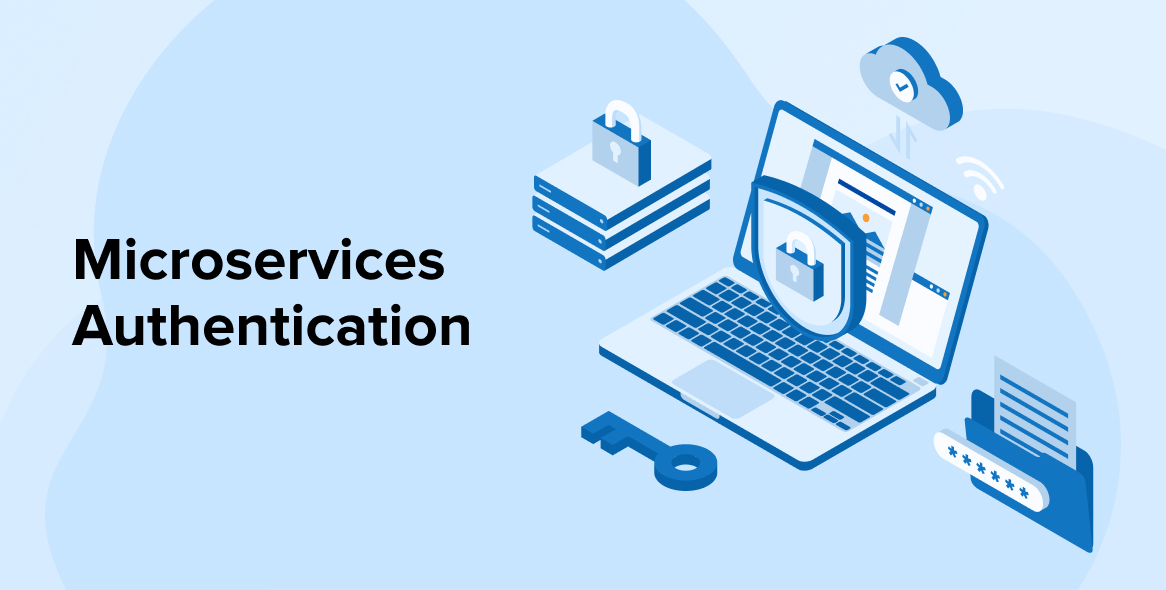
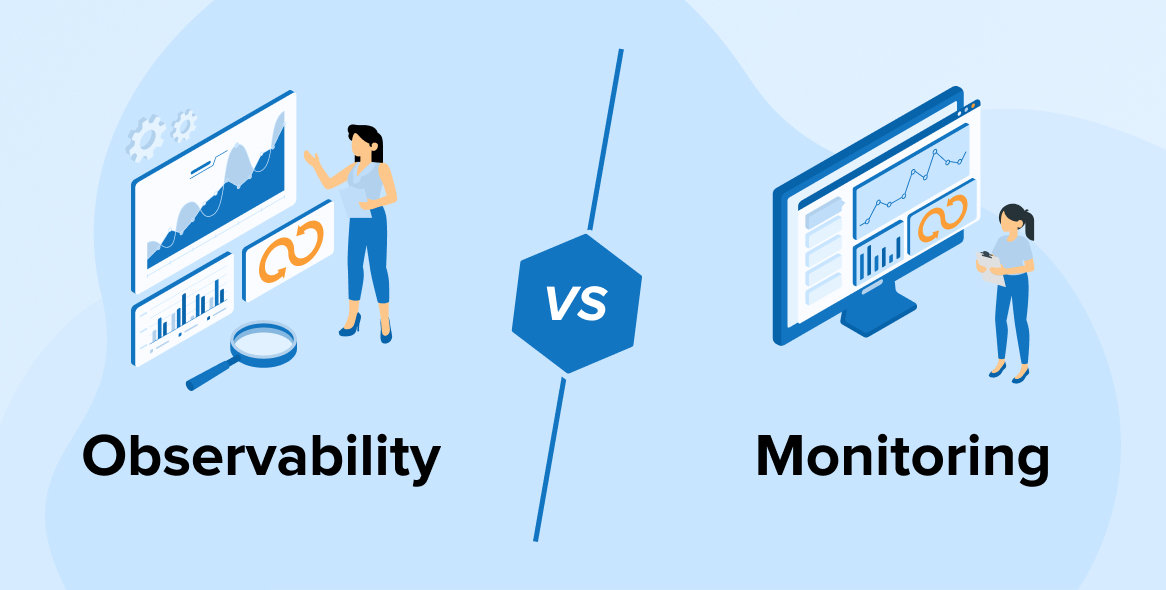
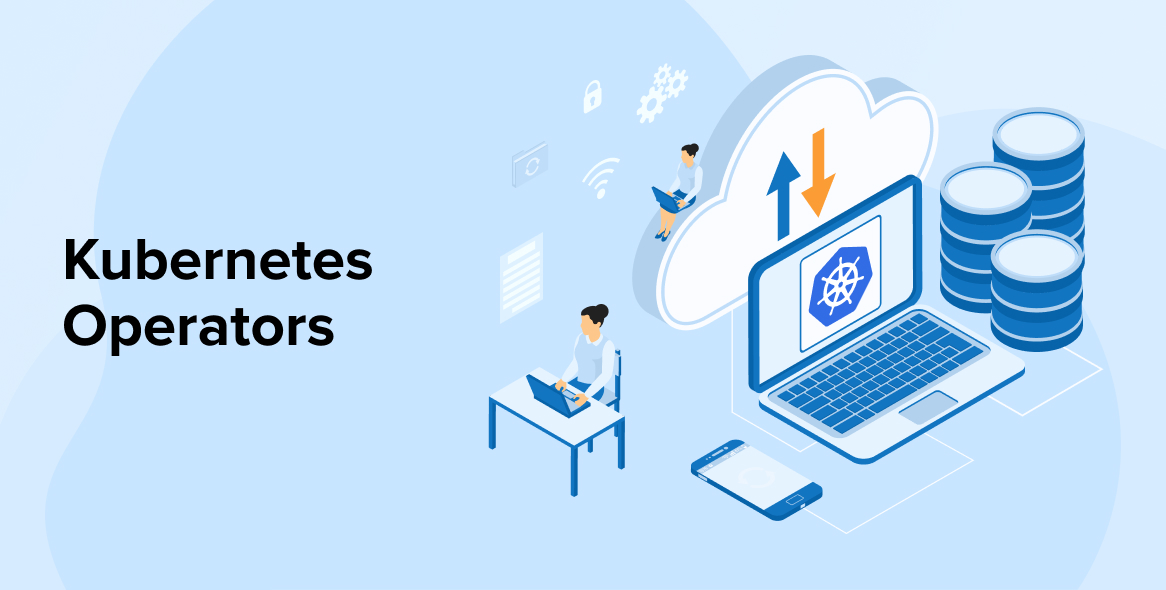

Comments
Leave a message...